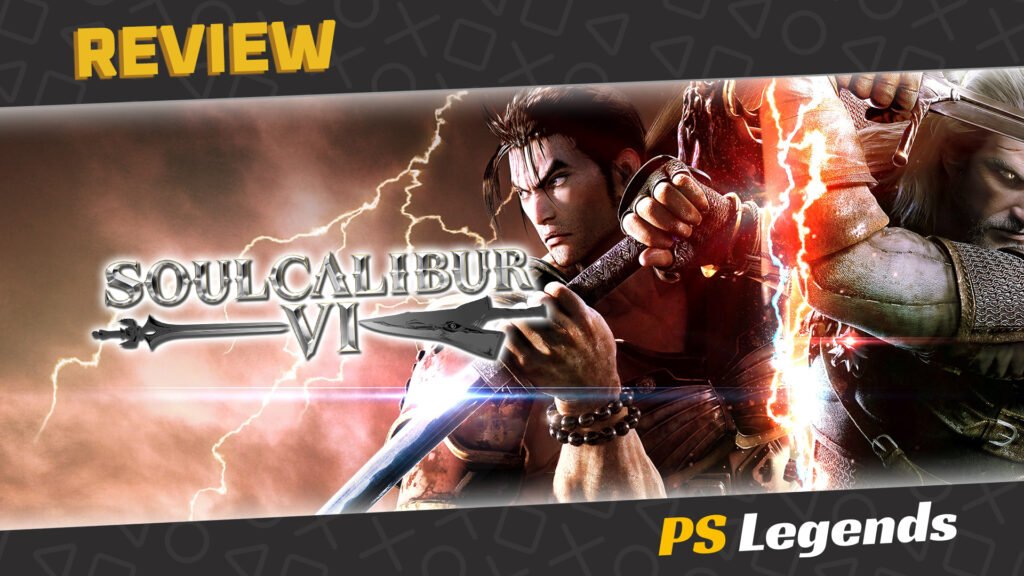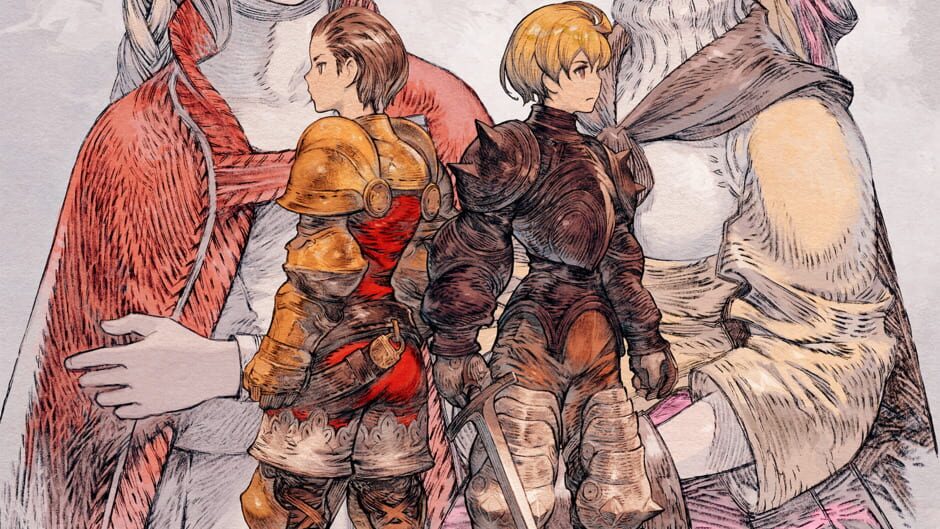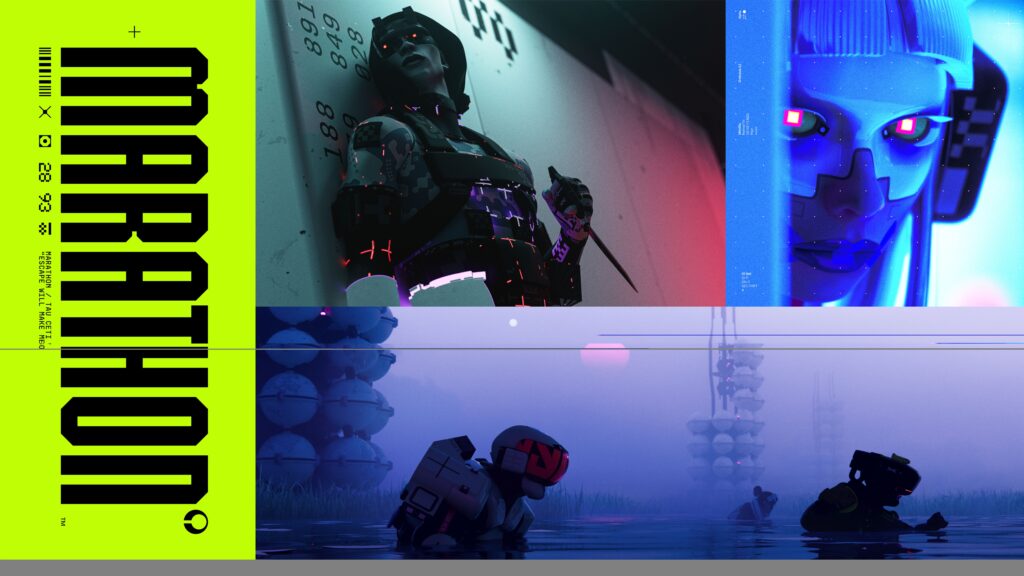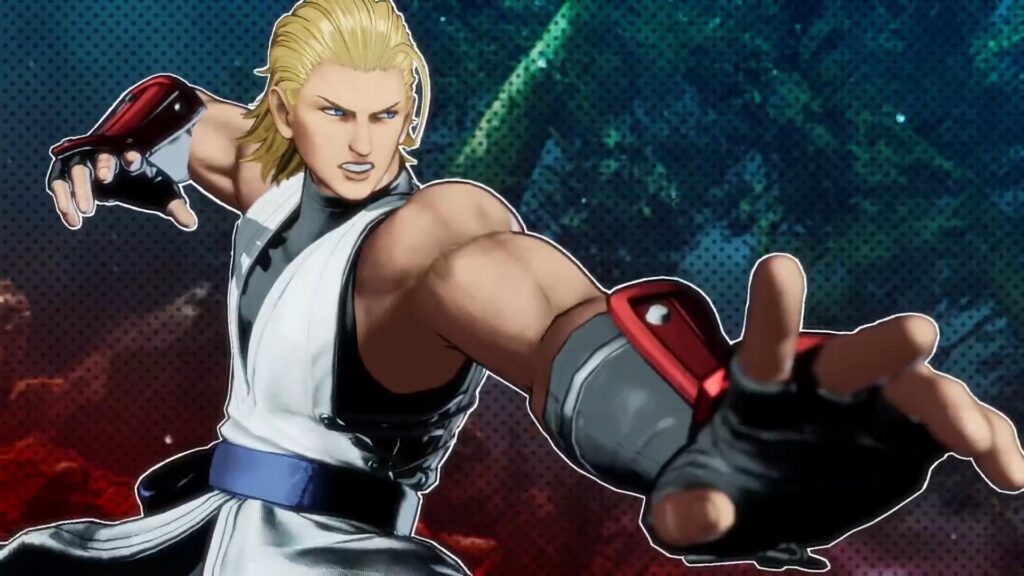Soulcalibur is a story I’ve at least tried to follow from start to finish (as nonsensical as it is) ever since I picked up the genre-defining masterpiece that was Soulcalibur back on the Sega Dreamcast. It’s a story that’s retold with twists in the tale from varying points in its ever-expanding timeline with each iteration, in one of the worst examples of continuity you’ll ever see.
On This Page
Introduction
Soulcalibur VI largely retcons the events of Soulcalibur V where multiple characters were shockingly killed off in a later timeline and replaced with younger variants. It was unpleasant to see this dark ending. Fortunately, as players of the original Soulcalibur will remember with the apparent death of Maxi, characters don’t stay dead very long, and Soulcalibur VI reboots the story back to a point in time that retells the events of Soulcalibur and a bit of Soulcalibur 2, though curiously it skips over a lot of predecessor Soul Blade/Soul Edge.
Soulcalibur VI is a 2018 historic fighting game developed by Bandai Namco Studios and Dimps, and published by Bandai Namco Entertainment. It is the seventh main installment and a soft reboot in the Soulcalibur series. It released for the PlayStation 4 on October 19th, 2018.
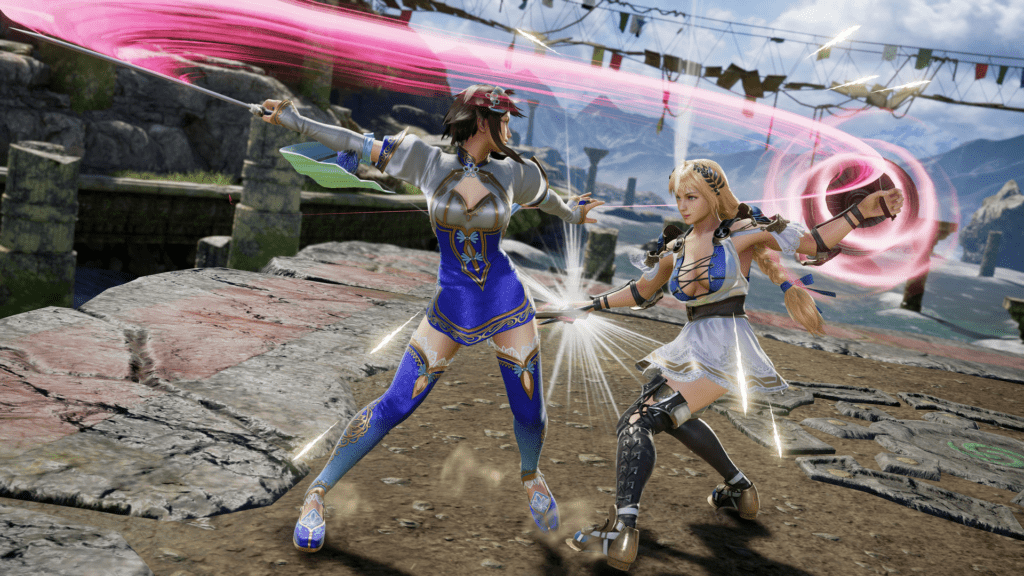
Story
Soulcalibur VI serves as both a sequel and a reboot for the series, taking place during the 16th century to revisit the events taking place in and around the first Soulcalibur game, revealing additional side-stories along the way.
The backstory of Soulcalibur VI begins after the events of Soulcalibur V during the ‘Soul Chronicles’ of Cassandra, Amy and Zasalamel’s stories where Cassandra from the original timeline tells her past self about the grim future of the Alexandra family, Amy’s original future self is revealed to be Viola, and Zasalamel receives a vision from his future self that causes him to abandon his suicidal mission and instead decide to lead humanity to a brighter future.
Soulcalibur VI takes place from 1583 to 1589. In addition, the story is divided into two separate modes. The ‘Soul Chronicle’ is the main plot of the story, concerning the main characters and the immediate threat of Nightmare. In this mode, the story adopts a visual novel style with illustrated, voiced scenes telling the story which are broken up by matches acting as significant story battles.
The first main story is centered around Kilik as he ventures out to confront the Soul Edge and Nightmare, and takes place mostly in Europe. In addition, every character is also given an individual storyline detailing their backstories or serving as side-stories to the main plot.
The second story mode, named ‘Libra of Soul’, takes place shortly after the Evil Seed event of 1583 where Siegfried acquired the Soul Edge and became Nightmare. In this mode, the player creates a custom character known as ‘The Conduit’ that serves as the protagonist.
Mostly centered in Asia, the player must go through a journey to prevent Azwel from recreating the Evil Seed all the while dealing with their own malfestation. This runs concurrently with the main plot in the Soul Chronicle and, on occasion, the player character will encounter other characters from the main story. The ending of Libra of Souls is based on the player’s alignment towards light or darkness during the game, resulting in the Conduit drawing on the power of Soul Calibur or Soul Edge.

Gameplay
Following the tradition of prior installments of the Soulcalibur series, Soulcalibur VI’s gameplay involves two weapon-wielding combatants battling against one another using a 3D system. The game keeps many of the familiar gameplay elements including 8-Way running, Guard Impact, and character creation, but adds to the formula by introducing new mechanics such as Reversal Edge and the newly revamped Soul Charge. The Reversal Edge allows players to defend against an oncoming attack and quickly strike back, alongside a slow-motion effect, enabling more defensive options for players.
Soulcalibur VI introduces a brand new feature called Reversal Edge which can be performed using a single button. This triggers a slow-motion exchange with a single button press from each player, with the outcome decided by a more complicated version of rock, paper, scissors, with dramatic music changes.
Armour Break makes a return from Soulcalibur IV and V. Heavy impacts can break different sections of armour, as it did in Soulcalibur IV, and it also affects certain hairstyles. Another new game mechanic is called the Lethal Hit, an advanced system where landing certain moves in the right condition will send the opponent flying, and score an Armour Break after enough hits have landed.
Guard Impacts make their return in the game. Similar to Soulcalibur V, there is only one type of Guard Impact but, unlike Soulcalibur V, it does not cost a meter, although an unsuccessful Guard Impact will drain Guard Stamina instead, rendering the character vulnerable.
Soul Charge returns from Soulcalibur III, and is completely overhauled. It temporarily puts the character in a powered up state that allows them to deal chip damage to guarding opponents and grants them access to special moves and abilities.
Character-specific abilities are another new addition. Many characters have a unique trait that separates them from others beyond the basic mechanics and can be interesting to experiment with. Soulcalibur VI contains a base roster of 21 playable characters. Additional characters are added through DLC after the game’s launch, bringing the total number of characters to 29. There are also 100 available slots for custom characters.

Graphics/Sound
The stages are all beautifully detailed and one of the series’ most striking features. Geralt from the Witcher series appears as a playable guest character alongside his Kaer Morhen stage. You’ll fight on towering desert platforms, windswept plains, muddy swamps, and astral dimensions. However, all that beauty in the environments doesn’t quite transfer over to the characters themselves. While they do all have a unique appearance and are excellently designed, facial features and animations don’t quite use the Unreal Engine 4 as well as Tekken 7.
The music feels very similar to what we’ve seen before in the series. There weren’t really any stand-out tracks, yet everything has a dramatic ‘epic’ power to it and enough swashbuckling qualities that get the job done. Everyone is nicely voiced yet the announcer is as annoying as always, loudly spouting nonsense about the times and destiny at every opportunity when a simple ‘Fight!’ is all we need.
Soulcalibur VI’s character creation/modification mode also deserves a shout out. You can build a character from scratch, modifying their features, skin tone, clothes, as well as their fighting style. While the number of items does not quite rival the likes of the Tekken series, they are all as colourful, varied and flamboyant as you want them to be. The ability to modify existing characters is also an important factor these days, especially when you’re online and want to distinguish yourself.
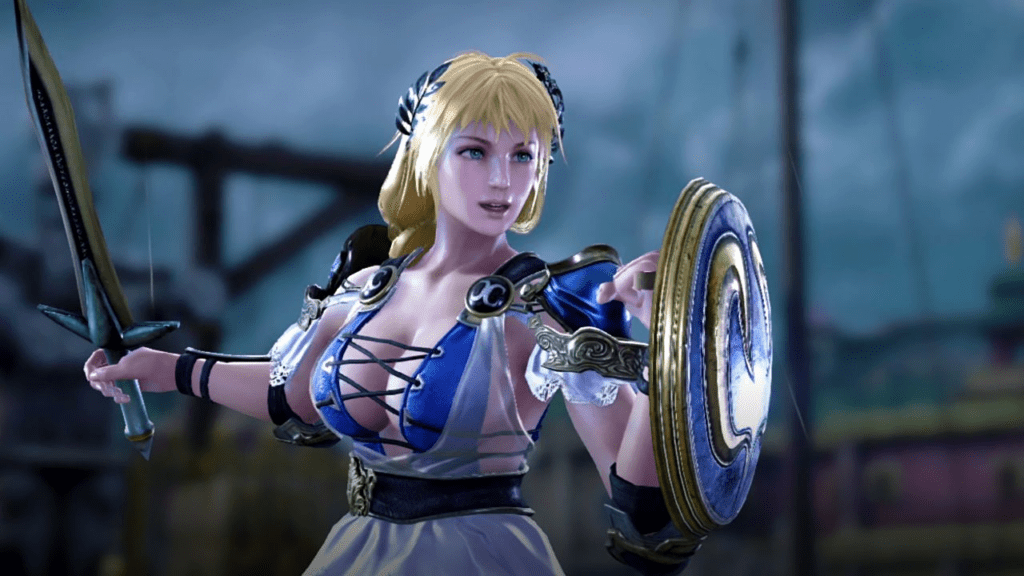
Conclusion
Soulcalibur V left me wondering where on earth developer Bandai Namco was going with the franchise, and I’m still wondering even now. I worked my way through both of Soulcalibur VI’s lengthy story modes to see how the retelling of its plot panned out, with new perspectives added from new characters which were welcome additions, yet something still seemed missing.
As I played through each character’s scenario, including new scenario Libra of Soul where you play as a custom character, I started meeting more and more familiar characters, yet not all are playable, and a handful have been cut entirely. I have a few characters which I’m particularly fond of and so it was the surprise absence of Amy and Tira from the playable roster that was the eye-opener which revealed an unwanted truth; a lot of content is hidden behind paywalls.
There’s certainly plenty of flashy gameplay to keep you busy, and the game (or rather its developer) is all too aware of that, enough so that any character-specific content considered secondary or mirrored in the main story by other characters is locked away. It’ll cost you a small fortune to see everything. The question is, is it worth it? After maybe twelve hours in the story modes I had pretty much seen anything I considered essential and I was doing little more than grinding increasingly difficult battles.
Whilst it started easy enough with my moderate knowledge of skill-sets, after fifteen hours or so I was losing as many fights as I was winning, all to hopefully pop that next trophy once I’d collected enough weapons or beaten a particular enemy. It came to a time where I asked myself, ‘Am I still enjoying this?’ The answer, sadly, was no. With a hefty amount of online multiplayer matches still required for the platinum, I decided it was no longer worth the effort. Time to dust myself off and play something a little more rewarding, and a lot less grindy, and maybe with a story that takes itself a bit more seriously.
Joys
- Solid fighting mechanics
- Stunning environments
- A return of series favourite characters
Cons
- The annoying voiceover is still there
- Long, drawn-out story doesn’t really go anywhere
- Characters and content locked behind paywalls
